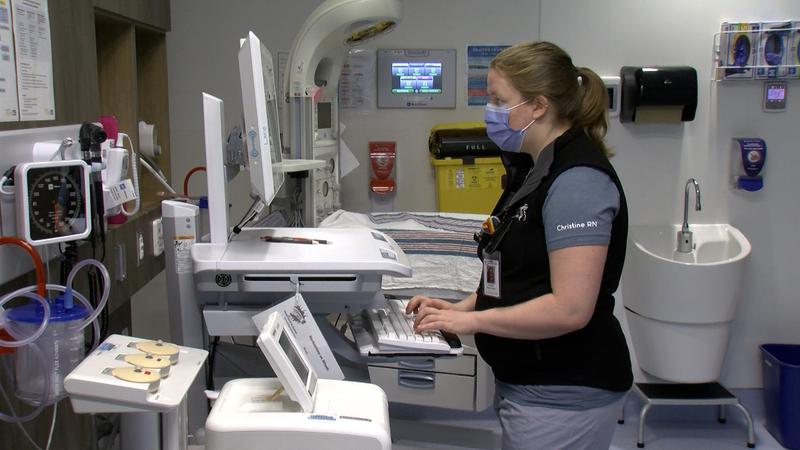
Royal Inland Hospital had improved staffing in 2023 – but shortages still linger
KAMLOOPS — Healthcare staffing shortages are a province-wide reality, and in Kamloops, Interior Health says the staffing strain at Royal Inland Hospital is better today than it was a year ago — but there are still jobs to fill.
“We’ve created 184 new positions in the hospital, and we’ve filled 108 new positions,” explains RIH Executive Director of Clinical Services Gerry Desilets. “We have 108 new direct care staff from December 2022 to December 2023 — so it increased. And that’s our direct care staff, so our care aides, license practical nursing and our registered nurses.”
According to figures provided by Interior Health, the vacancy rate for direct care positions at RIH as of 2023 year-end is 22.96 per cent. For direct care positions, RIH employs 1,115 positions, and of those jobs, there are 256 vacancies.


